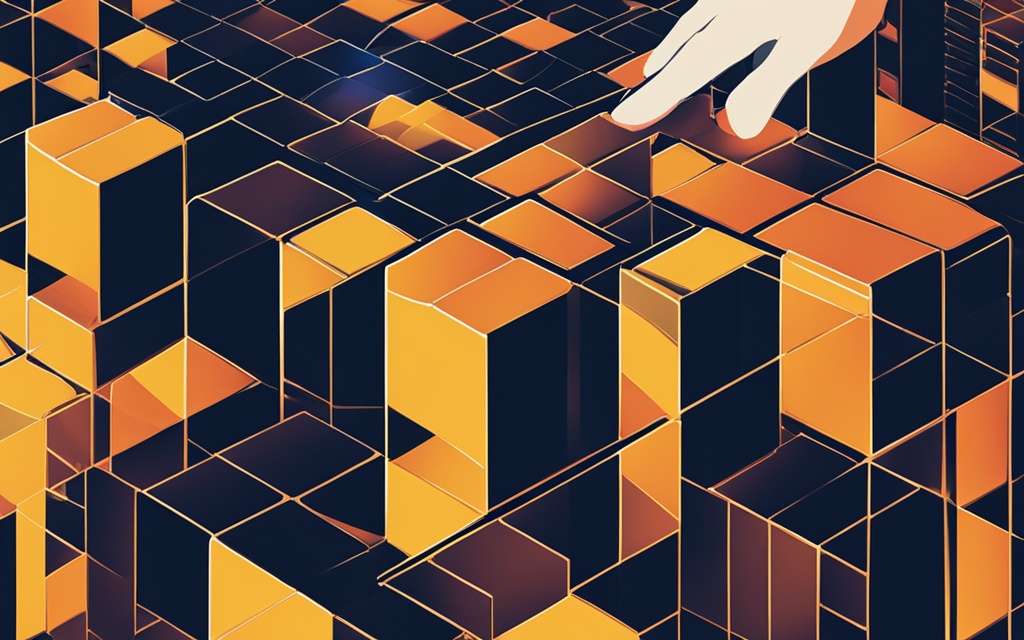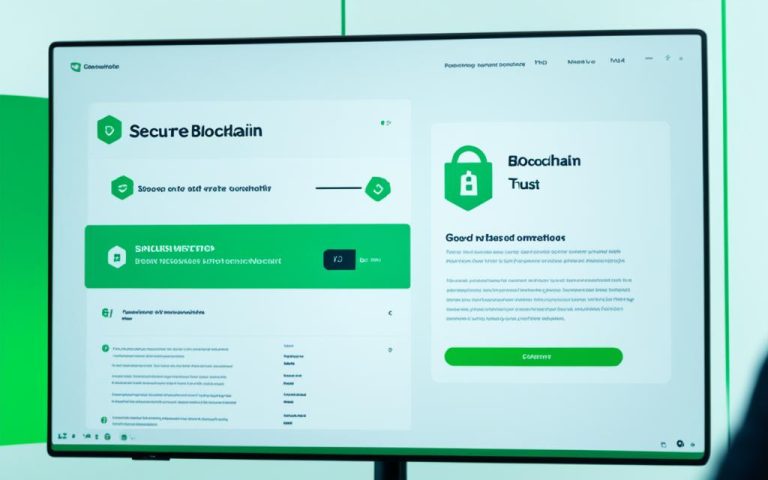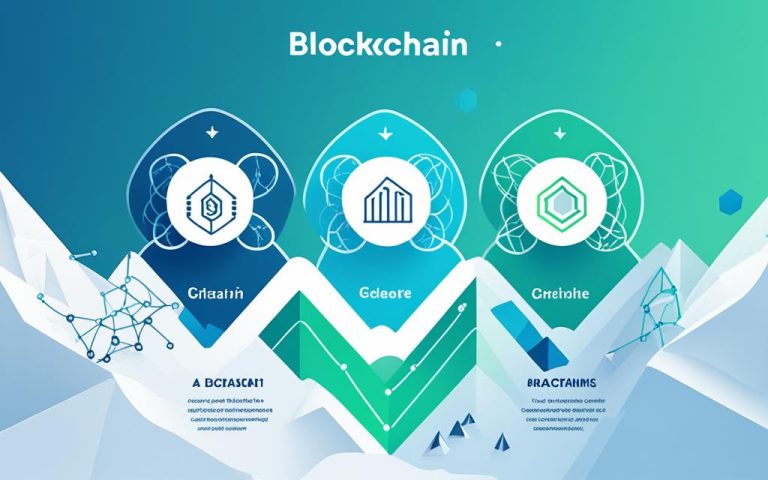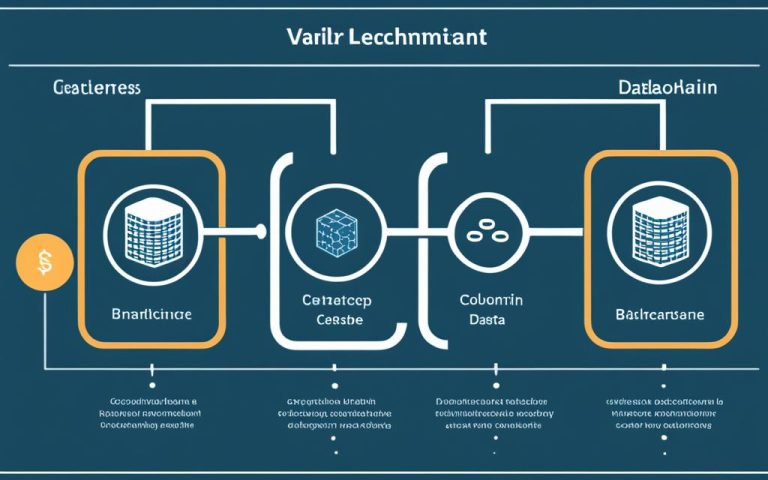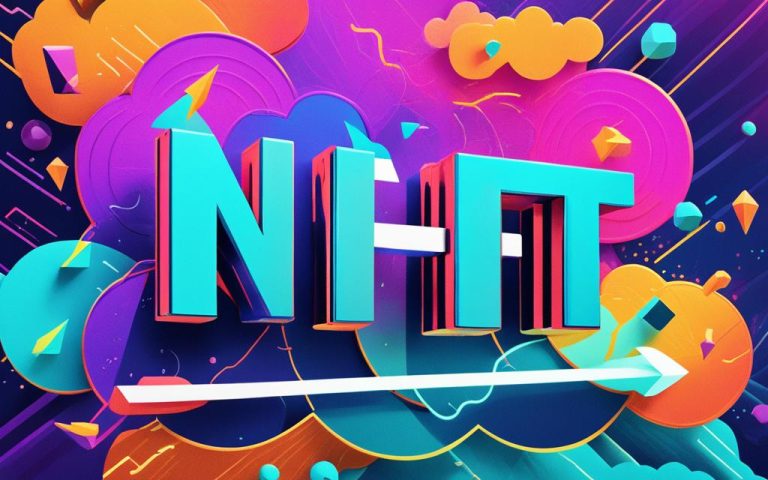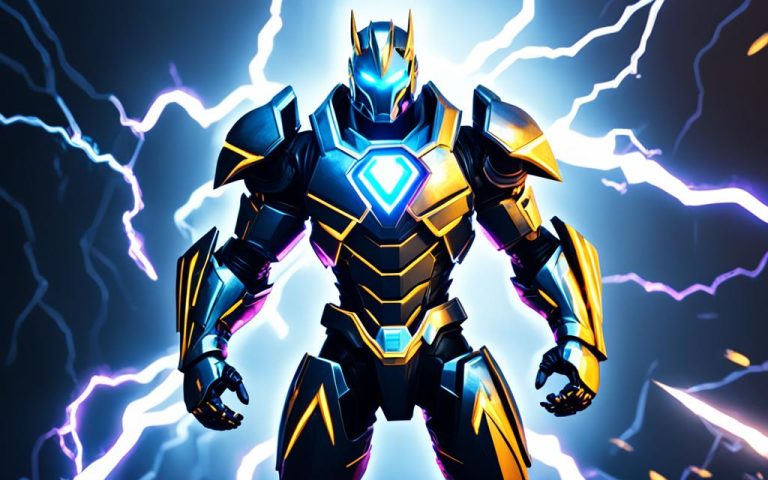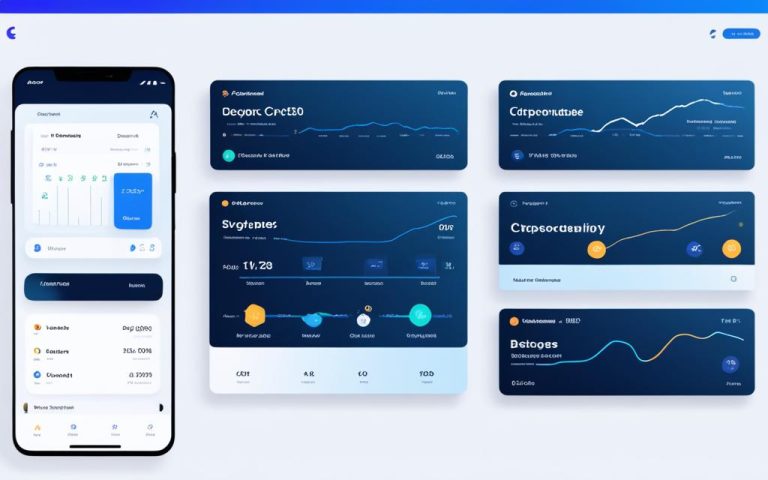Blockchain technology has changed the way we handle data. It’s a secure, unchangeable record of transactions. It’s not just for cryptocurrencies like Bitcoin and Ethereum. Blockchain has many other uses too.
Blocks are the foundation of blockchain technology. They keep all the transaction data safe. But how do we add a block to the blockchain?
Miners add blocks through a process called mining. They use powerful computers to solve puzzles. This verifies transactions and adds them to the blockchain. It stops fraud and increases security.
Blockchain uses methods like proof-of-work and proof-of-stake to agree on new blocks. Proof-of-work makes miners show they have worked hard. Proof-of-stake picks block creators based on their stake in the network. These methods make the blockchain trusted and efficient.
The process to add a block is careful and precise. It makes sure every transaction is correct. Mining and consensus mechanisms let the blockchain grow safely and without central control.
Keep an eye out for more on blockchain technology. We’ll explore its huge potential in different fields.
Understanding Blockchain Technology
Blockchain is an amazing technology that has captured worldwide interest recently. It’s a shared record that promises transparency, safety, and permanence. Delving into its fundamental parts shows us how it all works together.
The Distributed Ledger
The magic of blockchain starts with a distributed ledger. This isn’t like the centralized systems we’re used to. Instead, it’s a big network of computers, or nodes. They work together to keep the blockchain accurate.
Because the ledger is shared across many nodes, no single party has control over the info. This setup boosts transparency. It makes it super tough to change any data sneakily.
Cryptography: Ensuring Security
Cryptography is key in keeping blockchain safe. It secures data with complex math, turning sensitive info into codes that outsiders can’t understand.
Transactions on the blockchain are enciphered and linked to the one before them with a hash. This keeps the data secure and verifies the authenticity of every transaction.
Mining: Validating Transactions
Mining is crucial for blockchain. Miners use their computers to confirm transactions and record them. They solve tricky math puzzles to do this.
When a miner solves the puzzle, the block is added to the blockchain. They get cryptocurrency as a reward. Mining keeps the network safe and motivates people to help out.
The Role of Blocks
Blocks are essential for a blockchain. Each one has verified transactions, a time stamp, and a unique hash. This hash links it to the previous block, like a digital fingerprint.
New blocks join the chain, connecting to the ones before. This forms an unbreakable link of info. It allows users to trace transactions and ensure they are legit.
Grasping blockchain’s basics is just the start. It opens up a world of potential uses, from banking to supply chains. Blockchain is set to change the way we do business.
The impact of blockchain goes beyond its current uses. Its distributed records, encryption, and security processes mark it as a digital era innovator.
The Role of Blocks in the Blockchain
Blocks are vital for keeping the blockchain secure and intact. They’re the foundation of the blockchain, holding all approved transactions. Each block has a unique code called a cryptographic hash. This hash keeps data safe and connects it to the last block.
Making a block is known as mining. It’s a race to solve a challenging math problem using computers. The winner gets to add their block to the blockchain. This stage uses something called the proof-of-work algorithm, making the blockchain unchangeable and open.
Blocks are added to the blockchain at set times, based on the blockchain’s rules. For the Bitcoin network, it’s about every 10 minutes. Miners keep making guesses at a special number called a nonce until they find the right one. This nonce, along with other details, is important for making sure a block is valid.
Blockchain technology is always getting better, with new methods like proof-of-stake and proof-of-history appearing. These new ways offer a less energy-heavy alternative to proof-of-work. Because of this, blockchain networks like Ethereum and Bitcoin are evolving. They’re becoming useful for more than just digital money.
References:
–Coindesk–LinkedIn–Investopedia
FAQ
How does blockchain technology work?
Blockchain technology is like a digital ledger spread across many computers. This ledger records data in blocks. Each block contains transactions that have been checked and sealed. To add a block to the chain, a process called mining occurs. Here, computers solve tough math problems. The system uses different methods like proof-of-work or proof-of-stake to check transactions and add blocks.
What is the purpose of a blockchain?
Blockchains aim to keep a safe and unchangeable record across many computers. This network is called nodes. They protect data using special codes. When a transaction is made, miners work to check it and add it to a block. They solve math puzzles to do this. Once they succeed, the block joins the chain. Miners get rewarded with digital currency for their work. Every block is stamped with the time and linked with others securely, making a strong chain.
How are blocks created in the blockchain?
Creating blocks is key to keeping the blockchain secure. This happens through mining. Miners race to solve a tough puzzle called proof-of-work. The winner gets to make a new block. This block holds approved transactions, a unique code from the last block, and its own special number. After creation, the block is shared with all the computers on the network. If it checks out, it’s added to the blockchain. This makes sure the chain is safe and unbroken. New blocks keep getting added, growing the chain safely over time.

